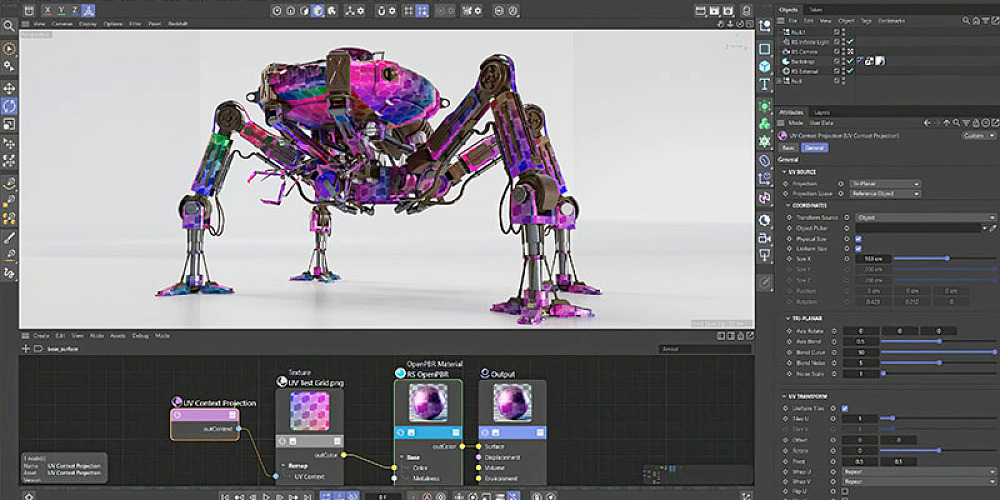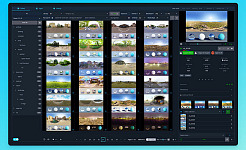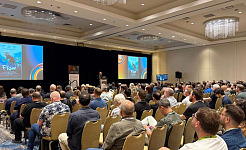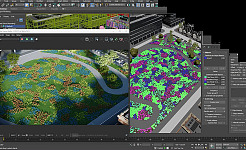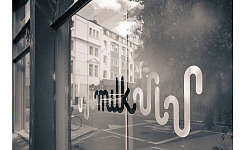Maxon One's Cinema 4D Gains Fluids, Redshift Controls Texture Displacement
The December Maxon One release delivers improvements to Cinema 4D, Redshift, ZBrush and Red Giant, upgrading workflows for sculpting, rendering and motion graphics design.
VFX
Maxon One's Cinema 4D Gains Fluids, Redshift Controls Texture Displacement


